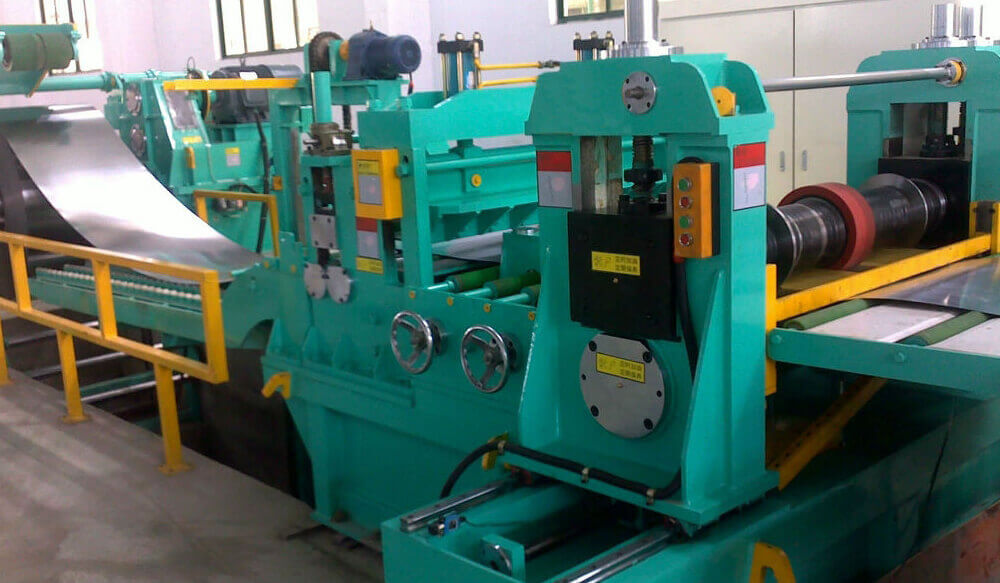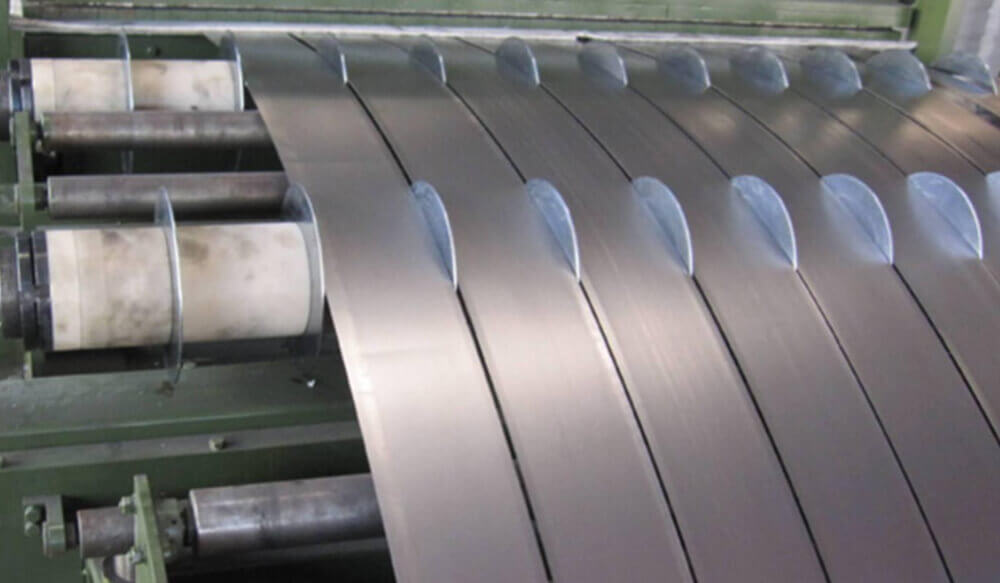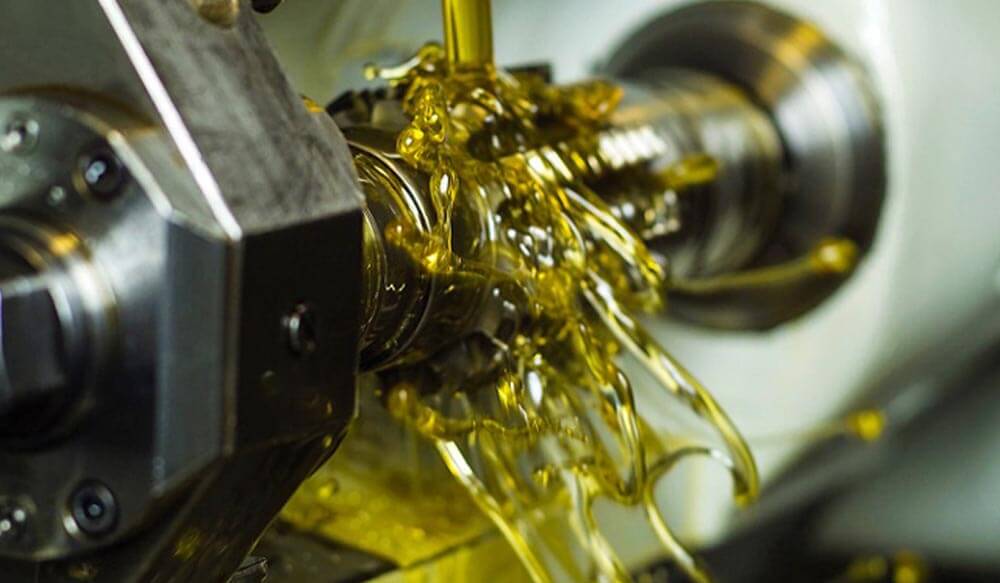
Related Structure of Flattening Machine
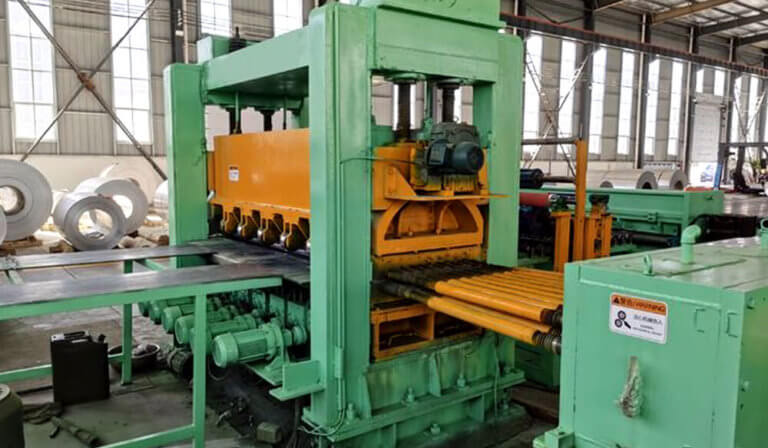
First of all, we should pay attention to understand the structure of the flattening machine, so that we can use it better. In view of this, a detailed introduction to the structural composition of the flattening machine will be necessary, next, we will briefly introduce the relevant structural composition of the flattening machine.
In terms of the main structure of the flattening machine, we actually have to pay attention to the fact that it will be composed of upper rollers and lower sticks, and the upper and lower rollers, to a large extent, will act on the top of the steel plate, making it easier to transport the rolled steel plate shaped into the form of the flat plate that we see.
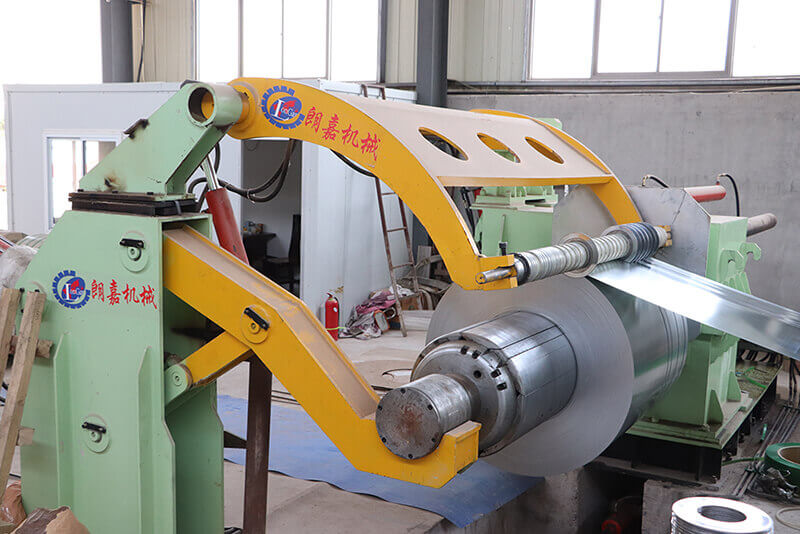
Next, we actually have to pay attention to the upper part of the flattening machine, in fact, it will be directly designed into a lifting mechanism, because the worm and worm wheel meshing with each other will form a staggered shaft gear transmission, in this regard, it will form the form of lifting, in this regard, it will make the distance between the upper and lower rollers to control In this case, the distance between the upper rollers and the lower rollers is controlled, and the distance between the rollers is adjusted for different thicknesses of steel plates.
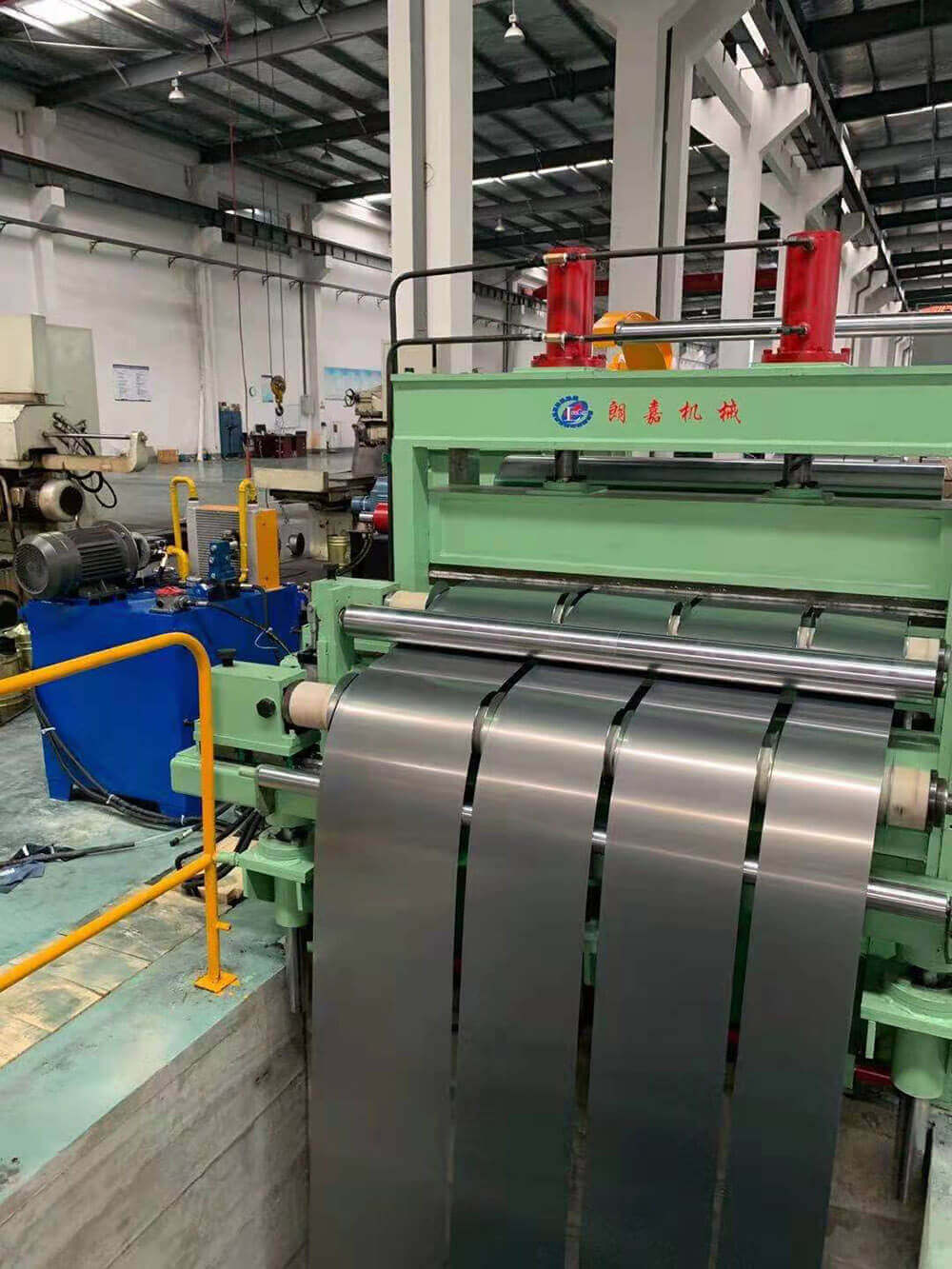
Furthermore, when it comes to the structure of the flattening machine, it is important to note that a feeding device should be designed directly at the entrance of the equipment, which will feed the steel plate into the flattening machine equipment.
Regarding the structure of the flattening machine, we actually design a pair of traction rollers directly at the exit, which will guide the steel plate. The above is also about the structure of the flattening machine, understand the location and function of these structures, can better facilitate our work, the next words, when the flattening machine failure, it is relatively quick to find out which part of the failure occurred.


